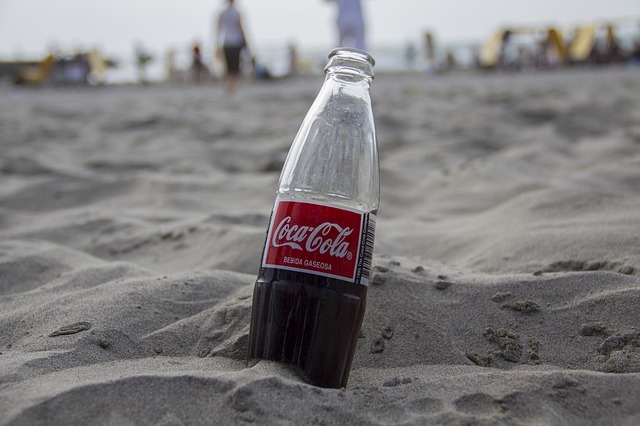Food companies have taken notice of America’s love for air frying. Since 2017 Americans have spent an increasing amount of money on air fryers, with nearly $1 billion spent in 2022.
Several big name food brands continue to develop products that are air-fried or that can be made in an air-fryer. Campbell Soup’s Kettle Brand recently introduced air-fried potato chips to the market. Nestle is producing a number of frozen products that consumers are encouraged to prepare in the air-fryer, and Gorton’s Seafood, Kellogg, and Hormel Foods have added air-frying instructions to many of their frozen products. Tyson Foods’ air fried line has reached up to $100 million in sales.
According to CNBC, Adam Graves, Nestle U.S’s Pizza and Snacking Division President, says that air frying is “the biggest trend that we’re seeing right now in modern cooking”.
Some people were skeptical that the air-frying trend, which boomed during the Covid-19 pandemic, would quickly disappear. But so far, the opposite has proven to be true. Now that people are expected to go back to the office, they appreciate that air-frying provides a quick, healthy method of cooking, and they continue to purchase air-fryers.
Some estimates suggest that 60% of American homes now contain an air fryer, and while this makes it far less popular than the microwave, the air fryer has recently surpassed the grill to become the fourth most popular cooking appliance in America today.


